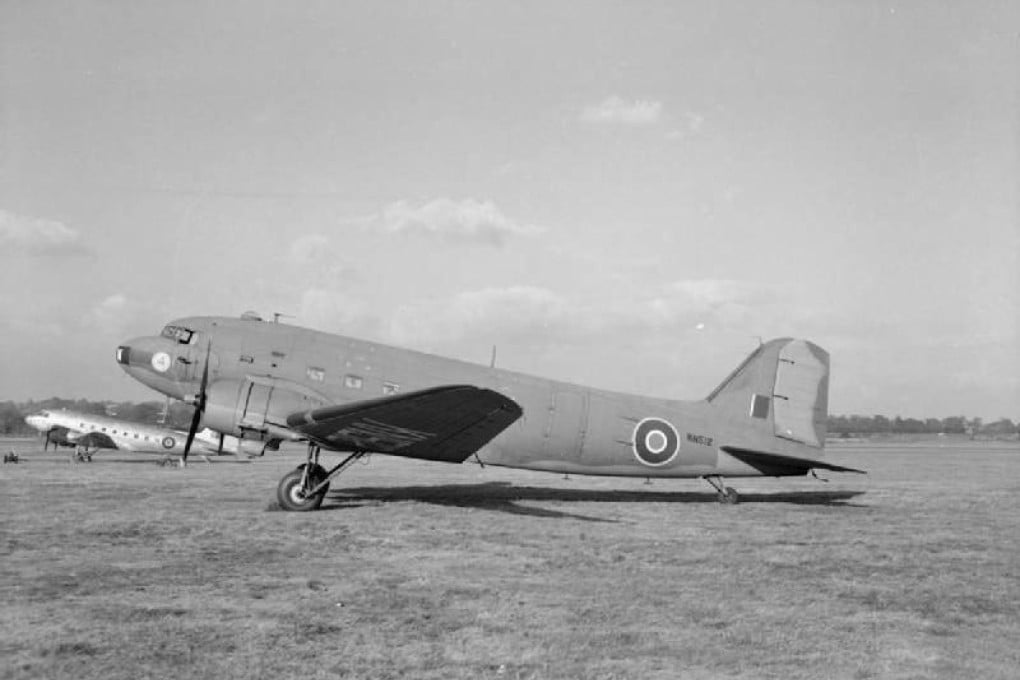Cover-up at Kai Tak? Allies 'caused Hong Kong plane crash that killed 19 to assassinate British investigator'
When a military plane crashed in Hong Kong in 1946, the deaths of all 19 on board were put down to turbulence and pilot error. But did Allied forces mastermind the tragedy?

Everything seemed to be proceeding smoothly as the Dakota transport aircraft, bearing the insignia of the 110 Squadron of the Royal Air Force, took off from Kai Tak airport on the morning of September 25, 1946.
The air-accident investigation report indicates that the aircraft quickly climbed to between 700 feet and 800 feet before the pilots inexplicably lost control of the plane and crashed some 3km from the airfield.
Of the five crew members and 14 passengers aboard the flight bound for Singapore, none survived.

War veteran Arthur Lane, however, does not believe that explanation. It is far too convenient, he says, that the main British investigator into crimes committed by the Japanese during the second world war was aboard the aircraft. What's more, his probing was building a solid case that could have seen the Japanese emperor held accountable for some of the worst atrocities carried out by his troops in the early decades of the last century.
Lane claims Major Cyril Wild was killed to preserve the imperial lineage in Japan and halt the spread of communism across Asia.
As part of a wider cover-up, Lane believes, the United States military gained access to files containing information on the chemical, biological and bacteriological warfare which the Japanese military had tested on civilians in China and other parts of Asia.
